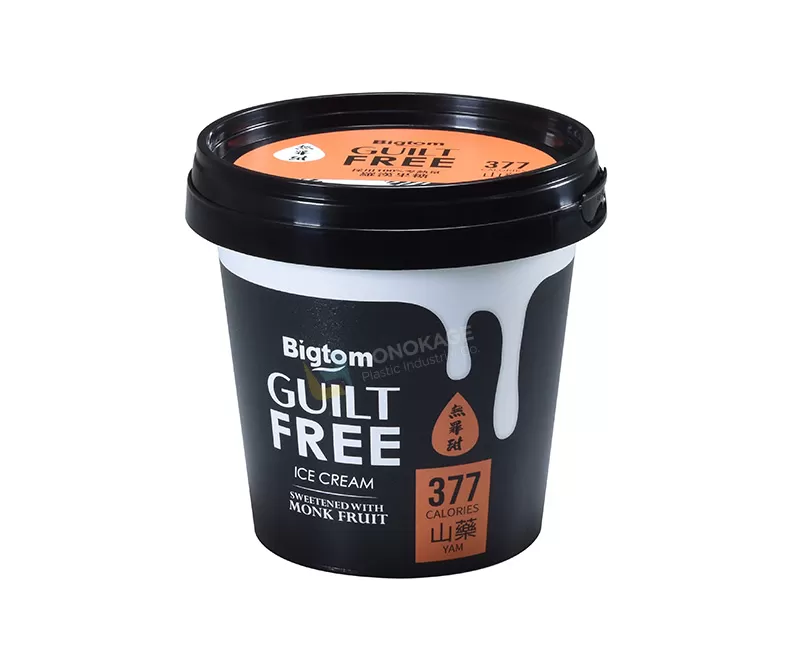Why did ice cream containers get smaller?
Ice cream containers getting smaller is often a result of several factors, including economic considerations, changing consumer preferences, and fluctuating production costs. Here are some common reasons why ice cream containers may have become smaller:
1. Cost Management:
One of the primary reasons for reducing the size of ice cream containers is to manage production costs. Ingredients, packaging, and distribution expenses can fluctuate, and manufacturers may choose to adjust the product size to maintain profitability.
2. Economic Factors:
Economic conditions, such as inflation, can impact the cost of raw materials and manufacturing. To offset rising expenses, companies may reduce the quantity of product in a container while keeping the price relatively stable.
3. Pricing Strategies:
Instead of increasing the price of a standard-sized container, manufacturers may opt to maintain the price point by offering a smaller size. This strategy allows them to appeal to cost-conscious consumers while still offering a product at an affordable price.
4. Portion Control and Health Trends:
Smaller IML ice cream containers may align with consumer trends focused on portion control and healthier eating habits. Offering smaller sizes allows consumers to indulge in a treat without committing to a larger quantity, appealing to those who are mindful of their calorie intake.
5. Innovation and Variety:
Some manufacturers introduce smaller containers as part of product innovation and to offer a variety of options to consumers. This strategy allows companies to cater to different preferences within their target market.
6. Marketing and Perception:
Smaller containers may be marketed as convenient or as a "single serving" size. This can create a perception of ease and moderation, which can be attractive to consumers looking for smaller, more manageable portions.
7. Environmental Considerations:
Smaller containers may align with sustainability goals by reducing packaging waste. While the focus on sustainability is not the primary reason for size reduction, it can be a positive side effect, especially if packaging materials are also adjusted to be more eco-friendly.
8. Competition in the Market:
The ice cream industry is competitive, and companies may adjust their product sizes in response to market trends and competitor actions. Smaller containers can be a strategic move to differentiate products and meet changing consumer expectations.
9. Shifting Consumer Demands:
Changing consumer preferences, including a preference for smaller, more frequent indulgences, can drive companies to adapt their product offerings. Smaller containers may align better with evolving lifestyle choices.
In summary, the reduction in the size of plastic ice cream containers is often a result of a combination of economic, marketing, and consumer-driven factors. Manufacturers may adjust product sizes to manage costs, respond to market trends, and offer choices that cater to evolving consumer preferences.

评论
发表评论